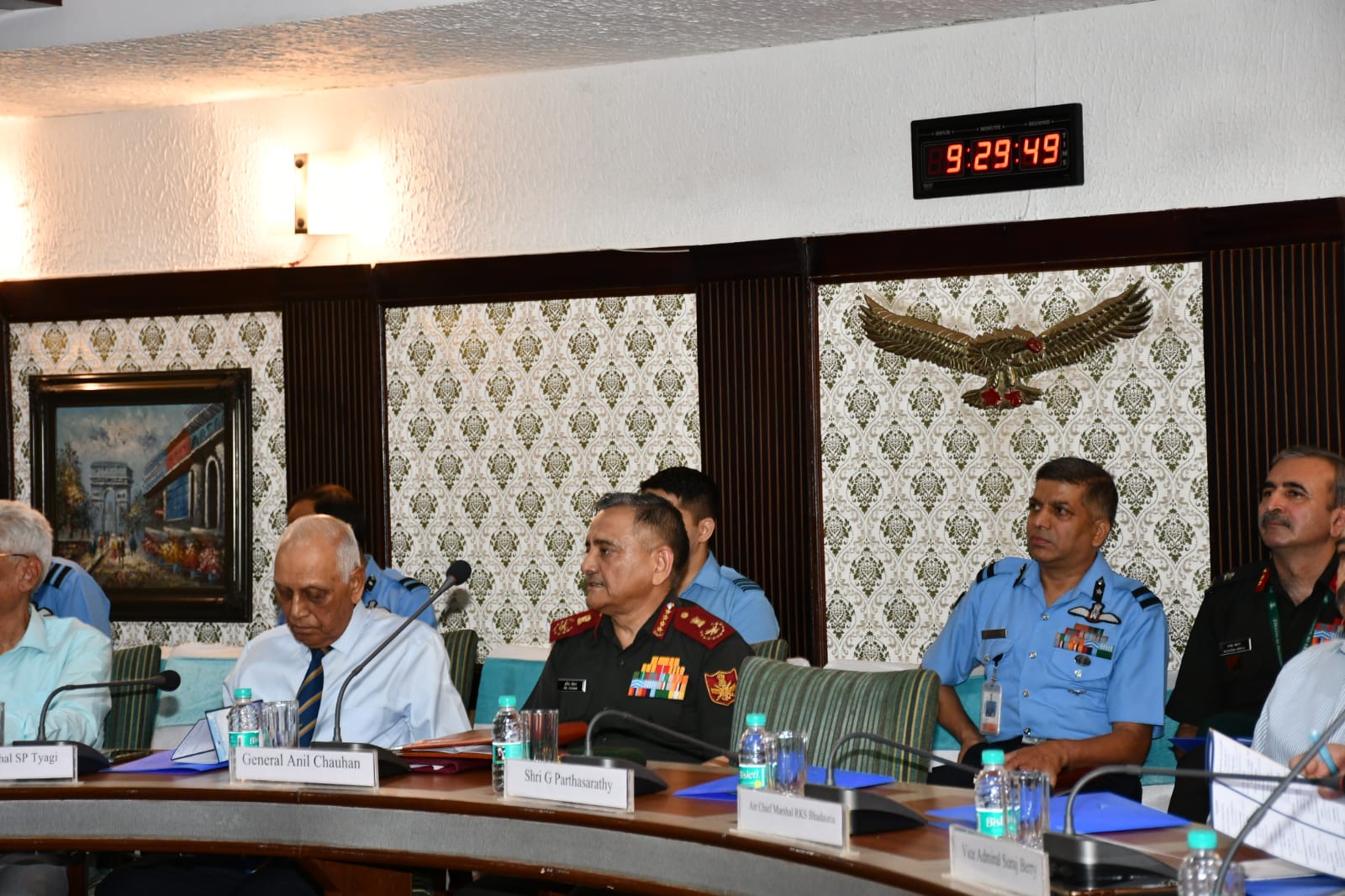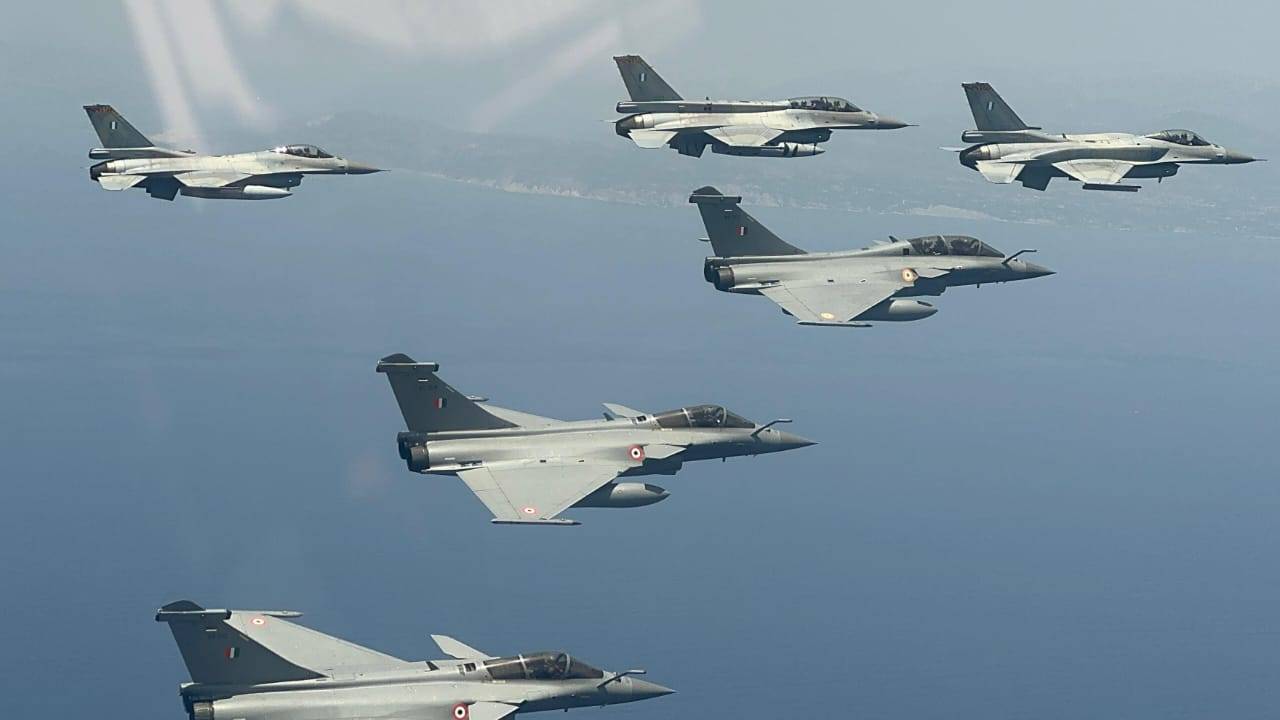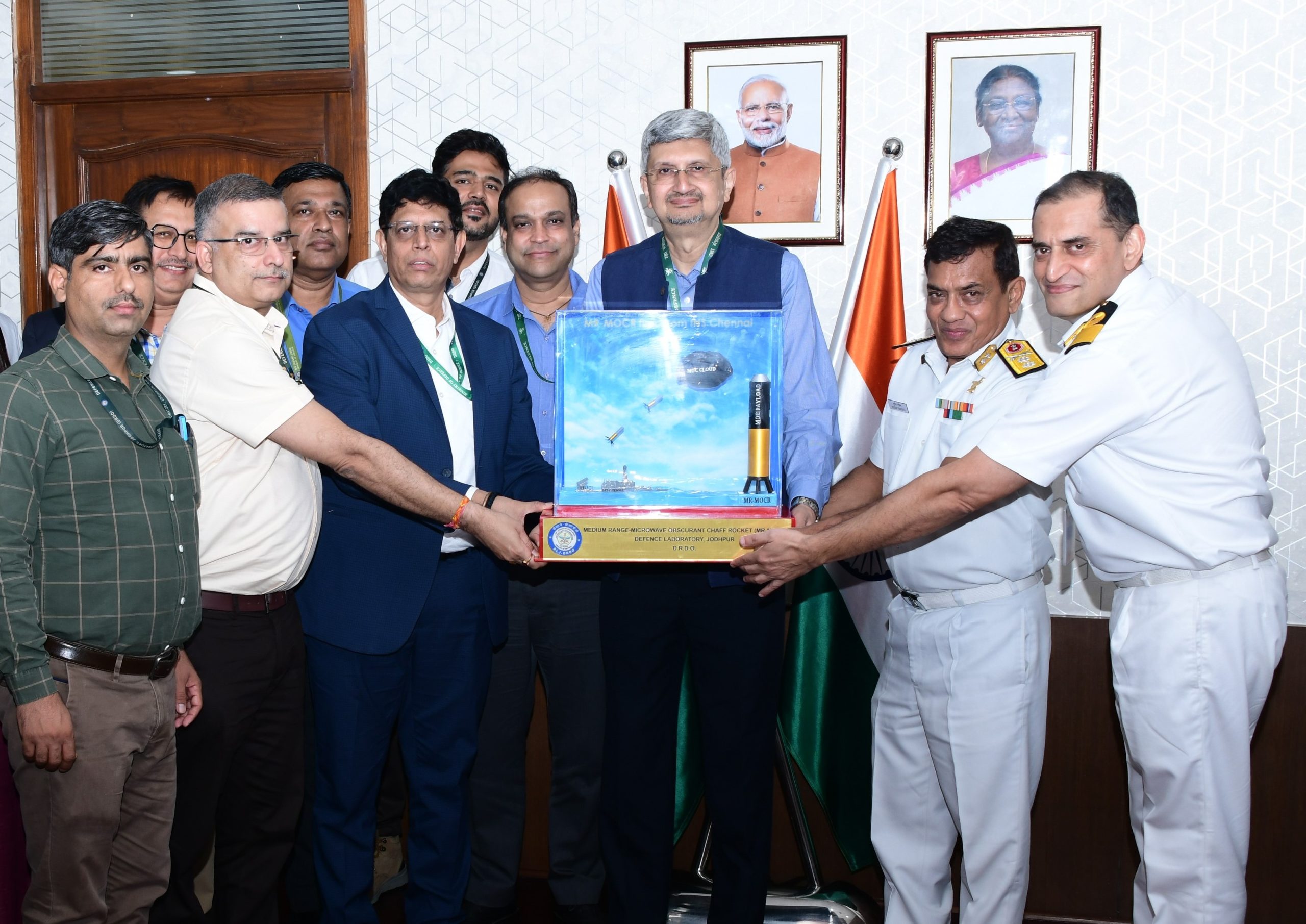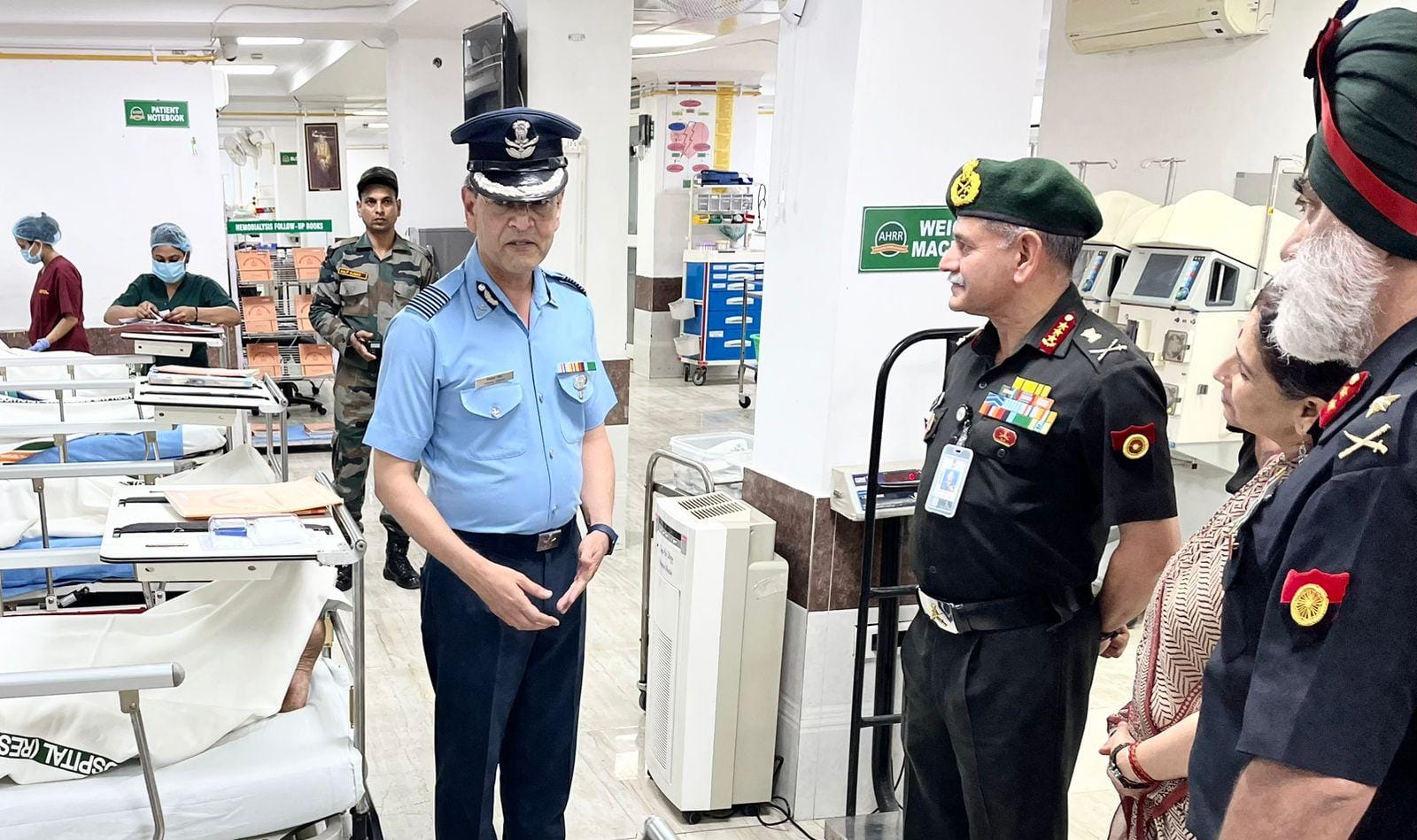Chief of Defence Staff General Anil Chauhan Emphasizes ‘No First Use’ Nuclear Policy at New Delhi Seminar
At a seminar held in New Delhi on June 26, 2024, Chief of Defence Staff General Anil Chauhan reaffirmed India's…
Indian Air Force’s Rafale Fighter Jets Flew Over Great Pyramids
The Indian Air Force's Rafale fighter jets have successfully returned to India on June 26, 2024, after participating in the…
Lt Gen RC Tiwari Reviews Operational Preparedness in Ranchi and Jamshedpur Military Stations
During a two-day visit from June 25 to June 26, 2024, Lt Gen RC Tiwari, Army Commander Eastern Command, conducted…
New Radar Obscuration Technology Handed Over to Indian Navy by DRDO
In a significant advancement for India's defense capabilities, the Defence Research and Development Organisation (DRDO) handed over the newly developed…
Lt Gen Upendra Dwivedi Visits Army Hospital Research & Referral in Delhi Cantt, Commends Healthcare Staff
In a notable visit to the Army Hospital Research & Referral (AHRR) at Delhi Cantt, Lt Gen Upendra Dwivedi, Vice…
10 Most Expensive Fighter Jets 2025
In the realm of military aviation, fighter jets reign supreme as the epitome of technological prowess and aerial supremacy. These…






